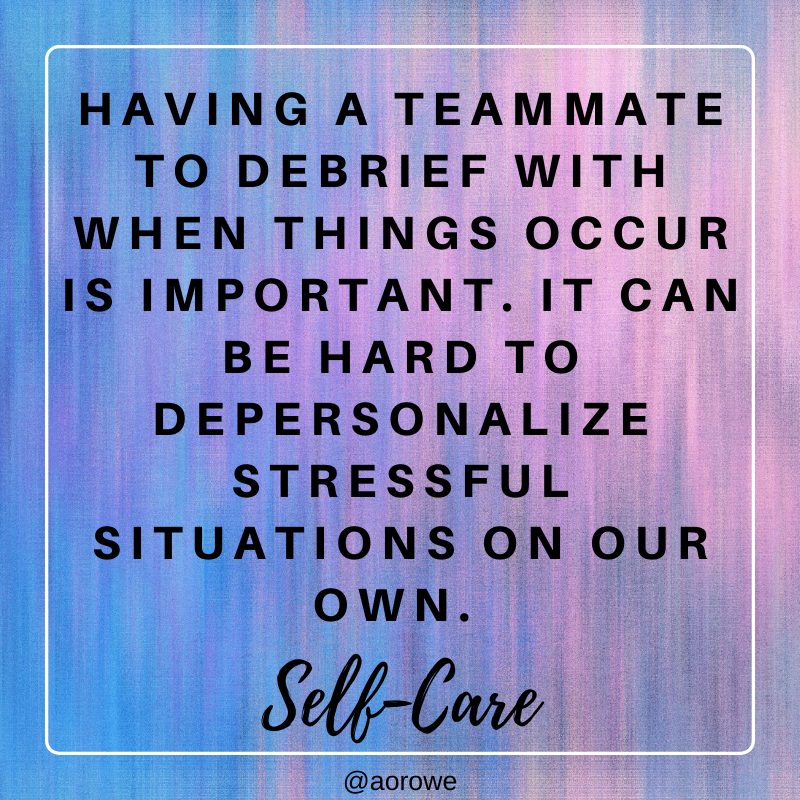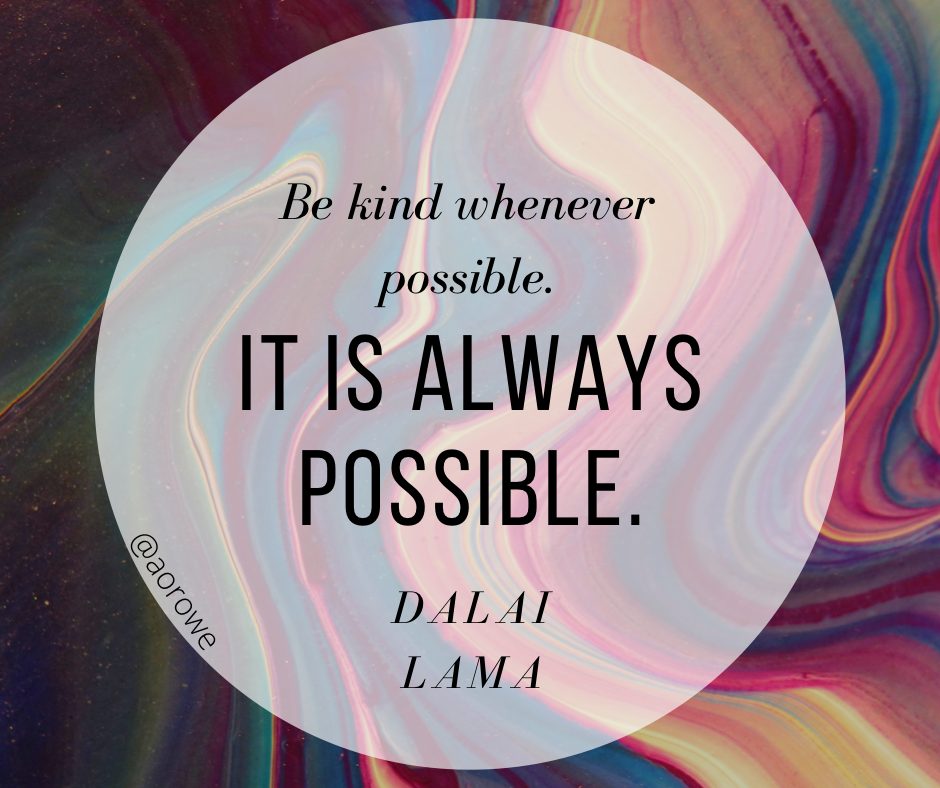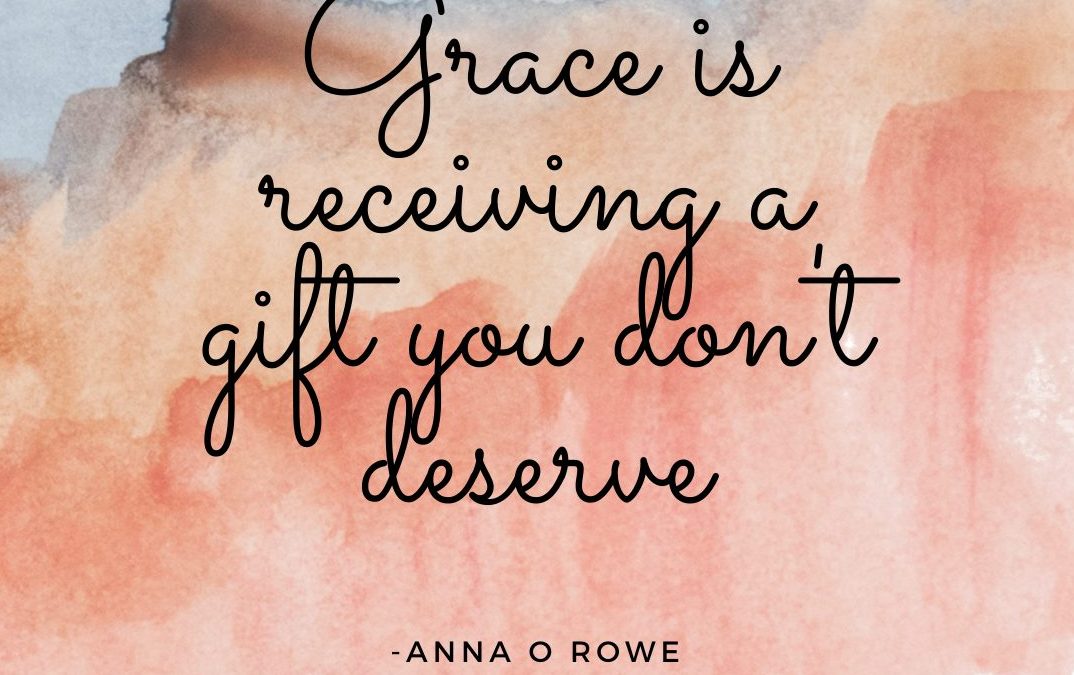By. Caitlin Suginaka and Anna Rowe
Educators are facing unprecedented stress in 2020. As a result, burnout in the field of education is a serious cause for concern. No matter how severe or mundane your personal stress load has been, the collective stress we’re all exposed to is bound to catch up to you at some point. It’s important to acknowledge that the world is not okay right now and it’s okay to feel whatever you’re feeling. In this article, we’ll discuss some of the social and physiological reasons for what you may be experiencing and provide some ideas you can use for yourself and your school community to respond and flourish. The challenges you’re facing at this moment may be central to who you are, but they don’t have to define who you become or where you’re headed.
Collective Trauma
Collective trauma refers to an event or series of events that result in psychological distress shared by a large group of people. COVID-19 has impacted our social structures, our sense of physical health and safety, our economic stability, and the very fabric of our identity as a people, including our collective psychological health. The impact of collective trauma historically leads to hypervigilance, a heightened sense of fear (particularly of groups that are labeled as “other” or “different”), and changes in our collective identity. Collective trauma is like going on a bear hunt. We can’t get over (the stress), we can’t go under (the stress), we can’t go around (the stress); we have to go through it. We can’t ignore the problem, so we need to find healthy ways to cope, help others, and develop lifelong skills to face this problem. By responding in healthy ways to challenges on small and large scales, we can use this situation to change ourselves collectively for the better instead of succumbing to negativity.
Grief, Grace, and Grit
“Grief is the internal part of loss, how we feel. The internal work of grief is a process, a journey. It does not end on a certain day or date. It is as individual as each of us. Grief is real because loss is real.” – David Kessler
A lot of us are looking for a “new normal.” What that really means is we’re giving up something that once felt like stability, satisfaction, connection, and lots of the “good stuff” of life. This loss can look and feel a lot like grief. According to Elisabeth Kubler Ross, we journey through five stages of grief: denial, anger, bargaining, depression, and acceptance. The grief journey isn’t linear. Grief can be experienced one stage at a time, in multiple stages at once, or by backtracking into former stages of grief.
Because grief can feel overwhelming, we need to give ourselves grace. Be gentle with yourself if you find yourself exploring these stages and extend that grace to others. You might not be walking at the same pace or even in the same direction as someone else, but the concept of collective trauma would say we’re all walking the same path.
Living with grief takes strength, resolve, and courage; in other words, it takes grit.

Being a Resilience Maker
Our brains are hardwired to look for threats. It’s a design strategy that kept us alive when we needed to learn from potentially deadly mistakes. The amygdala is constantly scanning our environment to determine whether we’re safe. Once the amygdala gives the “all clear,” then our slower, more reasonable, higher thinking brain can begin to function. Under stress, our amygdala goes on alert. Stress is not innately bad and we’re biologically built to deal with it. However, our stress response can become toxic when we’re repeatedly exposed to high levels of stress without an opportunity to return to baseline and recover.
Because our brain is designed to look for threats, it takes more cognitive effort to focus on positive, strength-based solutions. We’re constantly learning and creating habits. Recognizing the good is a habit we can teach ourselves over time. Neural pathways are strengthened when we use them repeatedly. Just like strengthening a muscle by weight training, we can develop stronger, faster neural connections. Regularly practicing mindfulness and meditation, expressing gratitude, eating healthy food, and getting good sleep help regulate our stress response and provide a much needed break that brings us back to baseline.
Developing and maintaining healthy habits when faced with stress builds resilience. Resilience is the capacity to rebound. We build resilience by experiencing healthy amounts of stress and coming back to baseline. Often our resilience is built by the interactions and connections we have with other people. Think about a tough time you’ve been through. Many of us had someone walking alongside us. Maybe someone was praying for us or writing a note of encouragement. Maybe someone brought a meal, offered to run errands, or do chores. Maybe there was nothing someone could do to help, but they were simply there to listen.
Anna recalls a time during consultation when a teacher broke down crying because she didn’t feel she could support a student. Anna encouraged the teacher to bring the principal in on the consultation. The principal apologized that he hadn’t been supporting the teacher because he knew she was a competent teacher and thought she would be fine. He resolved to do better and support her so she didn’t feel alone. While this didn’t take away the struggle in the classroom, it helped the teacher know that he had her back. It strengthened her capacity, her resilience, so she could deal with the ongoing stress of supporting this student in healthier ways. As a leader in your field, you have a unique opportunity to help your staff and peers develop a culture of resiliency.
Two Steps to Calm
By being proactive, we can reset to calm from the chaos we experience as a result of COVID-19. We first need to prepare ourselves through self-care. Only then can we equip ourselves to lead our staff and community.
Inspire Yourself
Before thinking about what everyone else needs, you need to give yourself permission to think about you. In fact, this is mandatory. Think about it like putting gas in your personal wellness tank. You can only go so far on fumes. The key to sustainable self-care and wellness is to integrate it into your daily routines. You’re probably already using self-care strategies, whether you realize it or not. Recognizing all the activities we do to support ourselves helps us strengthen them as practices. The resources below provide opportunities to explore self-care strategies.
- Six-Week Wellness Calendar: Follow along week by week and discover a variety of resilience-building habits that may fit easily into your daily routines.
- Self-Compassion: Learn to easily recognize what’s absolutely wonderful about yourself. We all see it. Train your brain to see it, too.
- Greater Good: Learn about 12 building blocks of individual and community well-being. These keys to well-being are behaviors that research suggests will support your health and happiness and foster positive connections with other people.
- The Resilience Summit: The Science of Lasting Well-Being in a Changing World: This free, five-part online series focuses on how to manage stress and adversity, build an unshakable core of inner strength, and thrive in a challenging world.
- The Science of Well-Being: This Yale positive psychology course walks participants through a series of challenges designed to develop lifelong habits of positivity and productivity.

Inspire the Change
Supporting the well-being of educators and staff in your setting will have ripple effects throughout your school community. Educators and staff who are given opportunities to develop resilience in themselves are far more likely to model healthy habits for students and be better prepared to handle the added stress students are facing as well. Start by considering how you’ll create and demonstrate a culture of calm. Below are resources to get you started.
- Encourage professional peer groups to explore personal wellness tools, like those linked in the list above, in tandem with one another. Create healthy community habits by allowing time for these practices. For example, start staff meetings with a guided meditation or use an ice breaker designed to elicit positive memories and feelings of gratitude. Share your personal well-being strategies and ask others to share theirs so you can learn from one another.
- Edutopia shares evidence and practitioner-based learning strategies that empower educators to improve K-12 education.
- The Collaborative for Academic, Social, and Emotional Learning is a trusted source for knowledge about high-quality, evidence-based, social-emotional learning for preK-12 settings.
- The National Child Traumatic Stress Network provides information on child trauma and trauma-informed care to help raise the standard of care and improve access to services for traumatized children, their families, and communities.
- Harvard’s Center on the Developing Child provides information and resources to help leaders and teams understand the science of early childhood development and use that science to transform the way they work.
COVID-19 is a changing and challenging situation that has caused significant uncertainty and stress. It’s okay to feel not okay right now. Putting your own self-care first isn’t selfish and must be a priority. This priority will have ripple effects for students and colleagues. You may be experiencing the effects of collective grief and others in your life may be experiencing them with you. Support your colleagues, students, and families. Extend the same grace and support to them you deserve right now. Stress is a natural part of being human. When we manage it versus avoid it, we build our own resilience. So set the boundaries. Turn off your technology when the day is over and find those things that fill your gas tank.
Author Bios
Caitlin Suginaka is a supervisor for the Washington County, Minnesota Department of Public Health and Environment. Caitlin and her team focus on creating opportunities for up-stream prevention of chronic disease. She believes that mental well-being is central to personal and community health. Caitlin has worked in a number of local, national, and international settings, promoting healthy behaviors and influencing healthy system changes. When she’s not occupied contemplating the health of the world, she’s busy fussing over the well-being of her two daughters, 6-year-old golden retriever, and husband. Her family loves learning through outdoor exploration, baking, and hygge dinner parties.
Anna Rowe has committed over 20 years to improving the lives of kids, families, and educators. She’s a proud education consultant, college professor, and social-emotional learning geek, striving to make systems that serve kids and teens safer, kinder, healthier, and #traumainvested. Anna enjoys communing in the outdoors year round with her family, loves a good dance party, and destresses by cooking yummy dishes.

